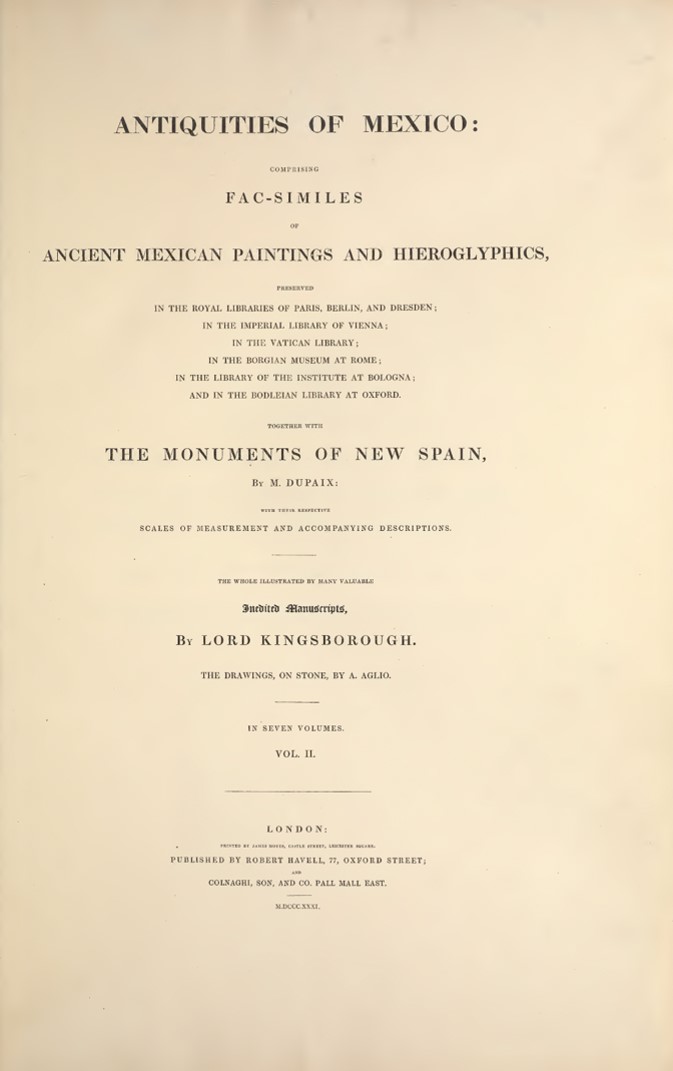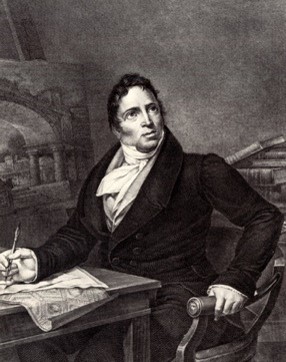
Audio guide 1:
In the library of the Istituto, the Codex Cospi was studied by several scholars and some partial or complete copies were made. Towards the end of the eighteenth century, the Bolognese artist Antonio Basoli made a black-line copy of the entire manuscript on tracing paper; this copy, which later came into the hands of Cardinal Stefano Borgia, is now kept in the Biblioteca Apostolica Vaticana. While in Borgia's house, Basoli's copy was seen by important scholars such as the Mexican Jesuit José Lino Fábrega, the Danish Egyptologist Georg Zoëga, and the Prussian geographer Alexander von Humboldt.

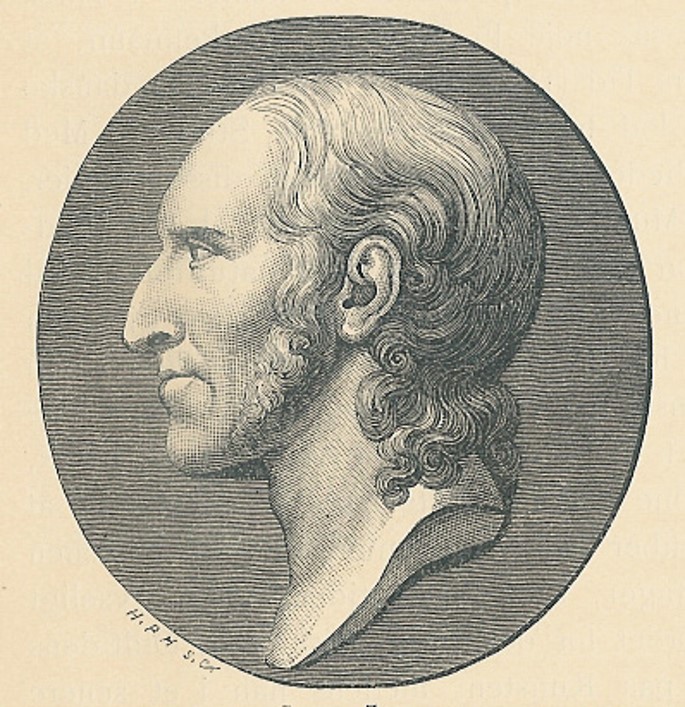
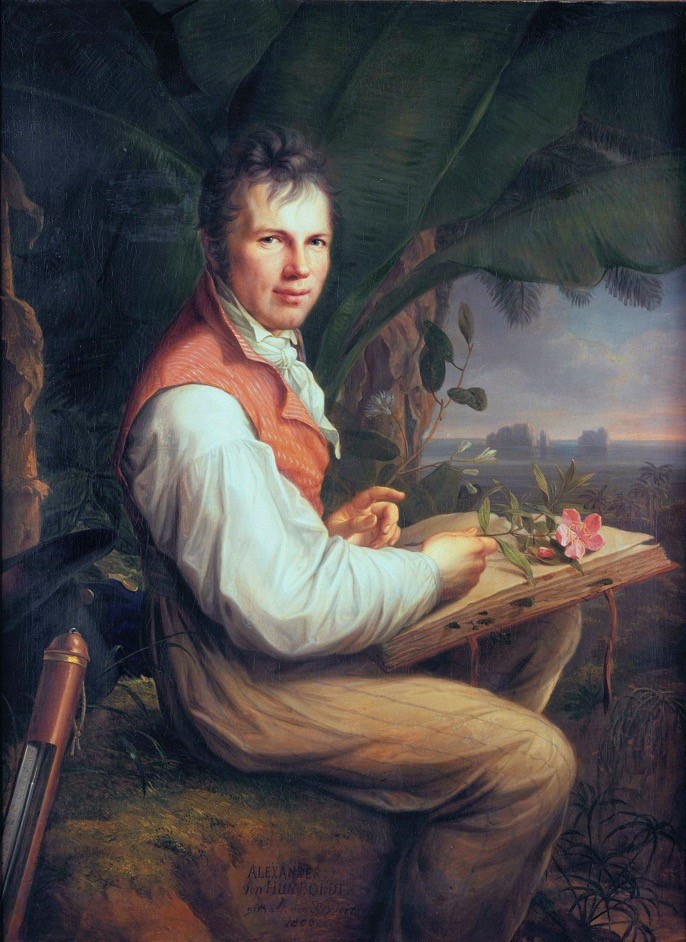
More information about the copy done by Antonio Basoli can be found in this article. The edition can be accessed via this link on the website of the Biblioteca Apostolica Vaticana.
In 1803 the library became the property of the University of Bologna. In 1818, the librarian Giuseppe Gasparo Mezzofanti wrote an important dissertation on the codex and asked his niece Anna Minarelli to make watercolor copies of some pages, which are now preserved in the Biblioteca dell'Archiginnasio in Bologna. Neither Mezzofanti's dissertation nor the engravings made from Minarelli's watercolors were ever published.
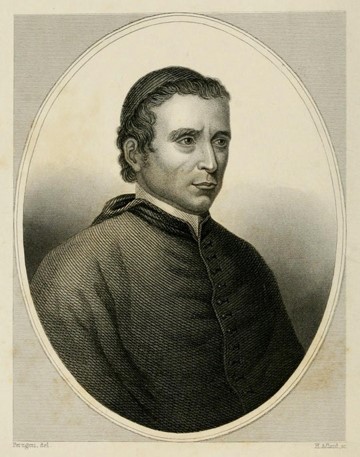
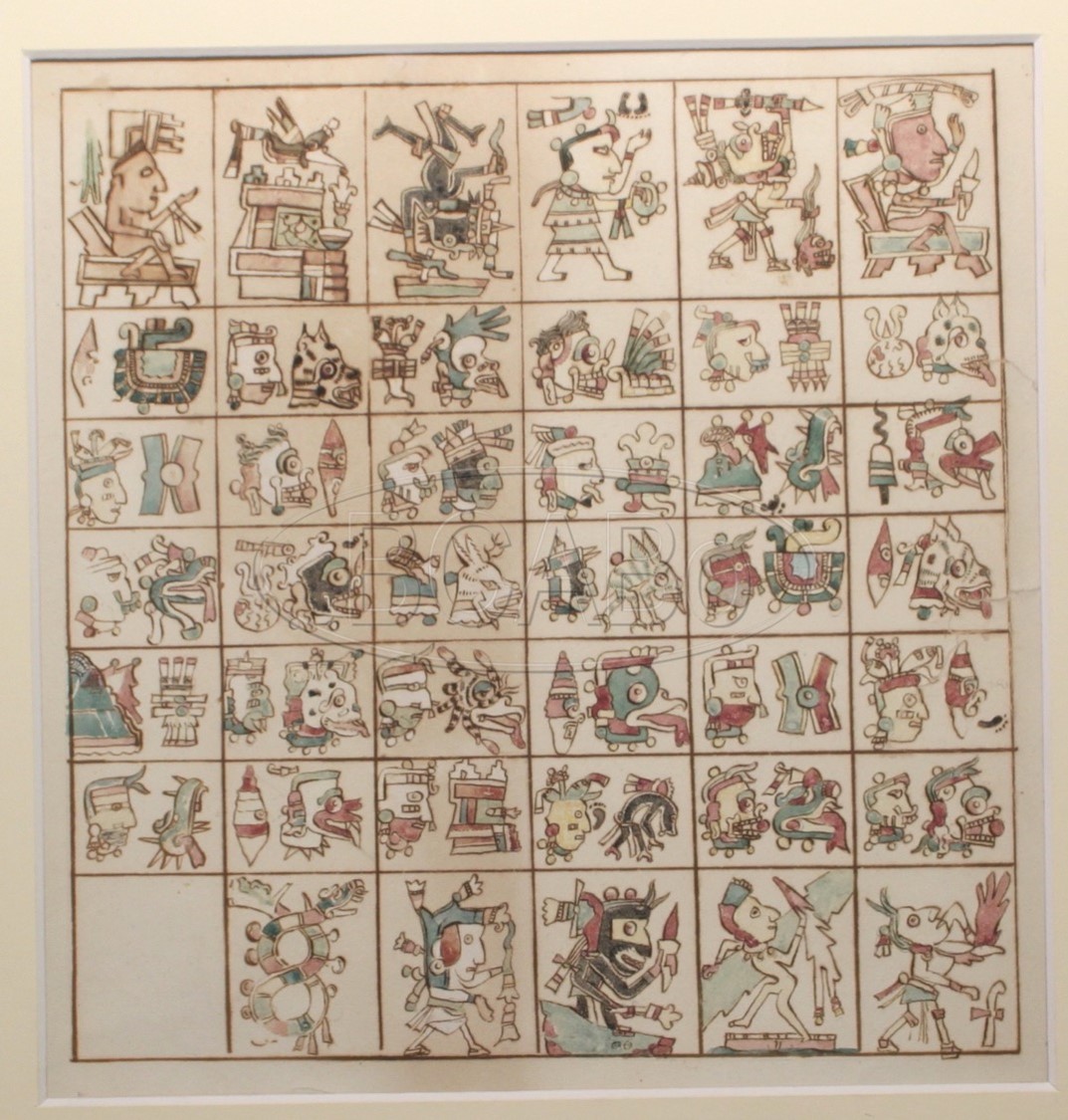
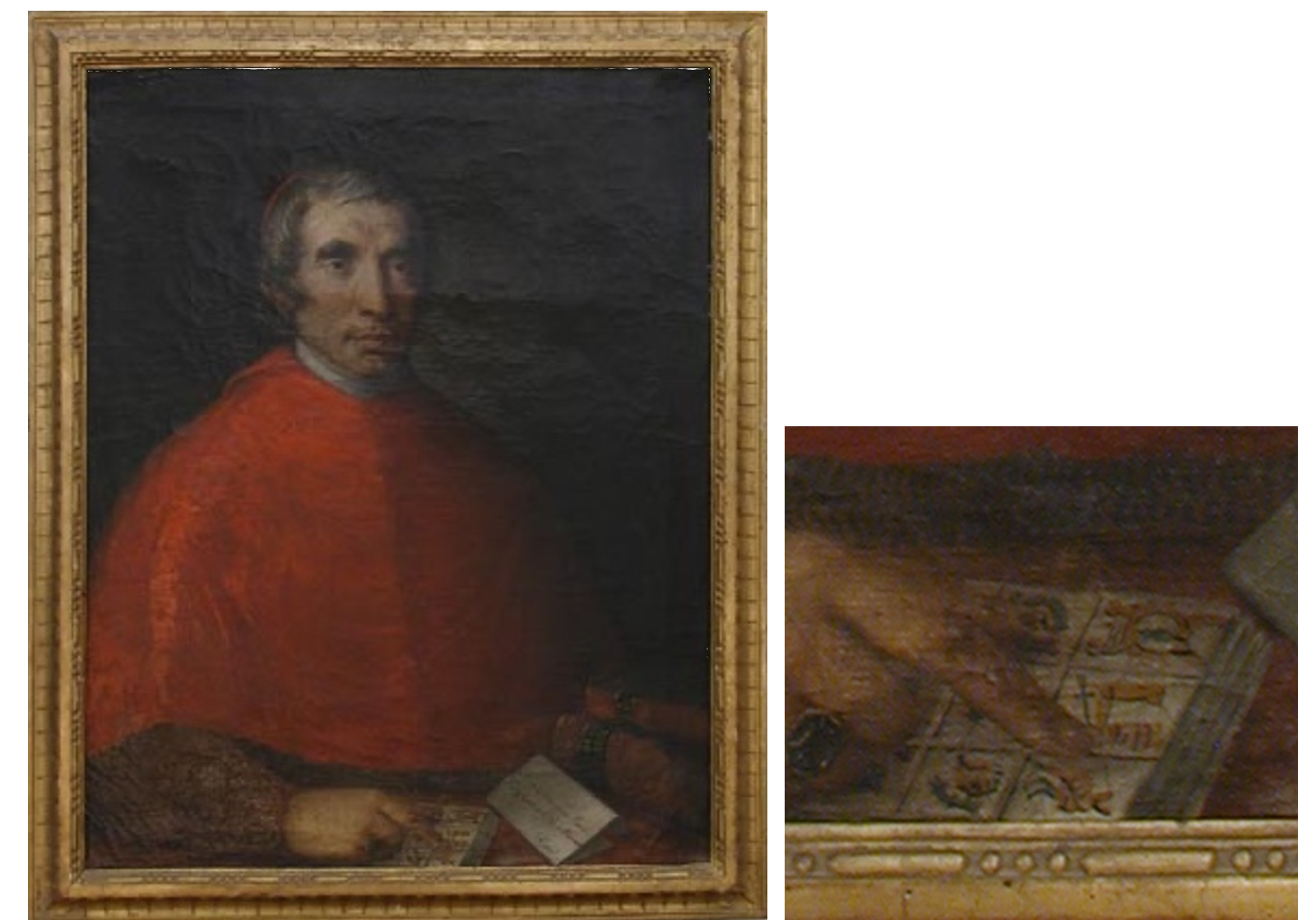
Audio guide 2:
Between 1826 and 1827, the Italian artist Agostino Aglio, denied the opportunity to copy the original codex, painted a new copy based on Basoli's one: Aglio's work was published in the second volume of the famous Antiquities of Mexico (1830-1831) and became widely known among scholars in Europe and America. The copy is currently conserved at the British Museum in London and can be accessed via this link
